When President Obama lands in New Delhi later this week, this spirit of accommodation must reignite a strategic economic relationship between the two countries, points out Arunabha Ghosh.
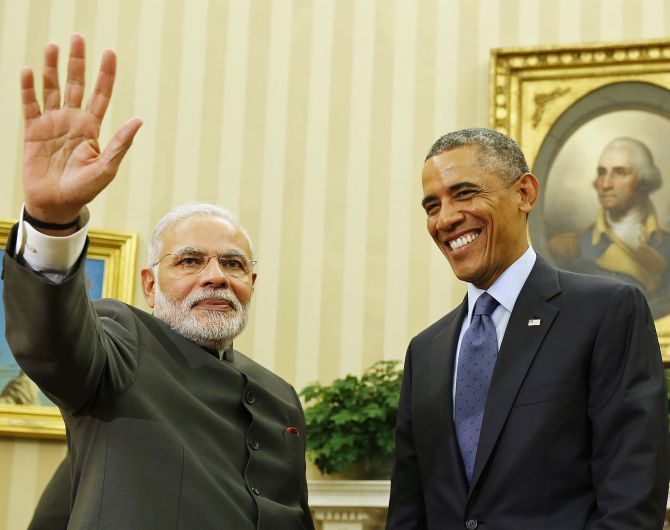
In December 1793, Thomas Jefferson, first US Secretary of State, submitted to the US Congress a Report on the Privileges and Restrictions on the Commerce of the United States in Foreign Countries.
The fledgling nation depended on exchange with the great trading powers of the day (Spain, Portugal, France, Great Britain, and the Netherlands), so the document outlined barriers against US exports ("bread stuff", tobacco, whale oil, and such).
Jefferson outlined key principles of reciprocity in trade, such as gradually rising duties, movement and residence of merchants and labour, shipping and transportation.
But he also argued that rather than impose countervailing measures, it was preferable to enter into "friendly arrangements" with trading partners with "liberality and spirit of accommodation".
When President Obama lands in New Delhi later this week, this spirit of accommodation must reignite a strategic economic relationship between the two countries.
Trade and investment have been key drivers of Indo-US relations - and the US has benefited.
During 2001-13, overall US trade in goods grew at a compounded annual growth rate of 5.7 per cent. But trade with India grew 14 per cent annually.
Similarly, whereas US trade in services grew 6.6 per cent every year, growth in services trade with India was 17 per cent annually.
For both goods and services, US trade with China grew more slowly than with India. The stock of US foreign direct investment (FDI) in India had grown nearly six times during 2003-12, when it stood at $28.4 billion.
While the stock of Indian FDI in the US was lower (at $5.2 billion), it was 15 times the 2003 levels. The full potential in trade and investment is yet to be realised.
Yet, of late, the conversation about the bilateral economic relationship has become more transactional and less strategic.
Both countries have a litany of complaints against each other. The US list includes slow progress on the bilateral investment treaty, retrospective taxes, local content requirements, intellectual property and nuclear liability.
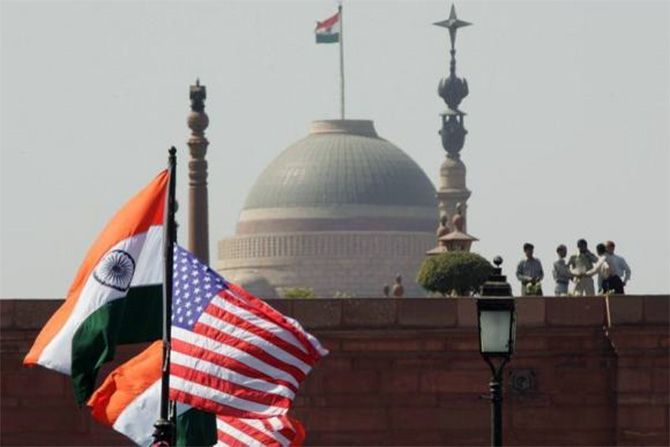
Photograph: Reuters
India complains against US visa policy, complex labelling requirements, rules of origin, sanitary and phytosanitary standards, anti-dumping measures and efforts to link trade to labour and environmental issues.
Both sides also question each other's commitment to the multilateral trading system (the US citing India's willingness to derail trade facilitation talks over food subsidies; India pointing to US attempts to bypass the World Trade Organisation via "mega-regionals" such as the Trans-Pacific Partnership).
Clearly, communication has lapsed and there is a need to establish regular dialogues to iron out these challenges.
But a Presidential visit must aim higher. Petty wrangling is below the pay grades of President Obama and Prime Minister Modi. They should, instead, discuss the kind of economic relationship they wish to promote.
Four principles could guide their thinking.

First, joint value creation. Much of international trade is now driven by global supply chains.
Trade balances matter but if countries make mercantilism (obsessively seeking markets for their own products) the core of industrial policy, they would miss out on opportunities to jointly create value.
Both India and US seek good commercial relations with China, yet worry about how China's economic power would translate into political and military power.
In dollar terms, the US and Indian economies (in 2013) were jointly more than double that of China's.
In purchasing power parity terms, their combined GDP was 45 per cent larger than China's. India and the US have a strategic interest in promoting each other's economic development.
As long as two economies are bigger than the third, a stable multipolar economic order might prevail.
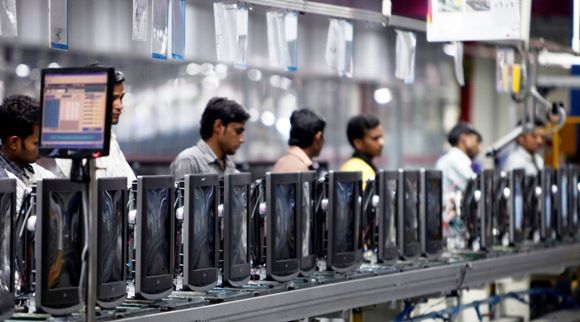
Secondly, innovation, particularly in manufacturing, has the potential to create backward and forward linkages in supply chains, having a multiplier effect across the economy.
High value-added, technology-enabled manufacturing should be the mantra for drawing the two economies closer.
They have strong engineering and scientific talent. The US has a mature venture capital industry. India's record of rule of law, intellectual property protection (a new National IPR Policy is being readied), and competition policy is superior to most developing countries.
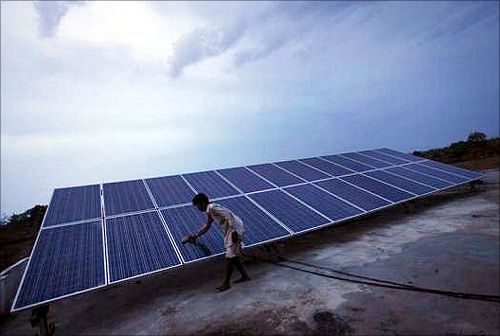
An India-US Technology Risk Guarantee Fund could trigger venture investment in India, allowing entrepreneurs and innovators to develop new technologies and products.
Thirdly, resource efficiency. As manufacturing grows, India will need more energy supplies and other critical mineral resources (cobalt, lithium, molybdenum, copper, gallium etc.).
Sudden disruption in Chinese rare earths exports in 2011 underscored risks for the US, too.
Resource efficiency will drive innovation in future. India and the US could deepen technical and commercial collaborations in clean energy (particularly energy storage).
They could also begin a dialogue on managing strategic energy reserves and strengthening global commodity markets.
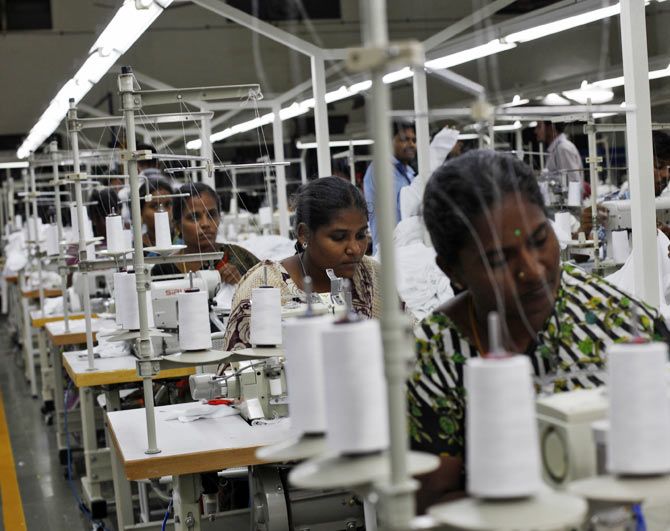
Fourthly, jobs. A dynamic manufacturing sector depends on labour mobility and also encourages it, as workers gain and transmit skills and technical knowhow.
The inability to create sufficient jobs is a security threat. India needs to create nearly 33,000 jobs a day; recent US economic progress has not had commensurate increase in employment.
No economic relationship can sustain unless workers in both countries see palpable benefits.
By making value creation, innovation, resource efficiency, and jobs the four points of an India-US strategic economic compass, President Obama and Prime Minister Modi would send strong signals to their officials and societies. As new and old initiatives are measured on these four fronts, transactional obstinacy could well yield to a collaborative search for true north in bilateral relations.
The writer is chief executive, Council on Energy, Environment and Water.











